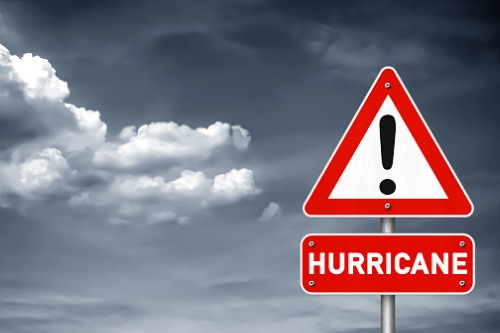

The American P&I Club and its managers, Shipowners Claims Bureau (SCB), have issued a warning to their members to consider the implications for ships in the Northern Hemisphere at risk for hurricanes, typhoons, or cyclones.
Members were referred to a circular originally distributed in September of 2018.
“In view of the subject’s somewhat grim topicality given the impending arrival of Hurricane Dorian on the southeast coast of the United States, your managers believe there is merit in repeating the contents of that alert both in relation to Dorian in particular and to such weather conditions in general, since the peak of the season for hurricanes, typhoons and cyclones in the Northern Hemisphere occurs between July and October,” said Joe Hughes, chairman and CEO of SCB and Eagle Ocean Agencies.
The 2018 circular alerted vessels trading in extreme weather-prone regions to the possibility of being exposed to additional physical risks, including:
Vessels’ masters were advised to be prepared to take preventative measures, including:
